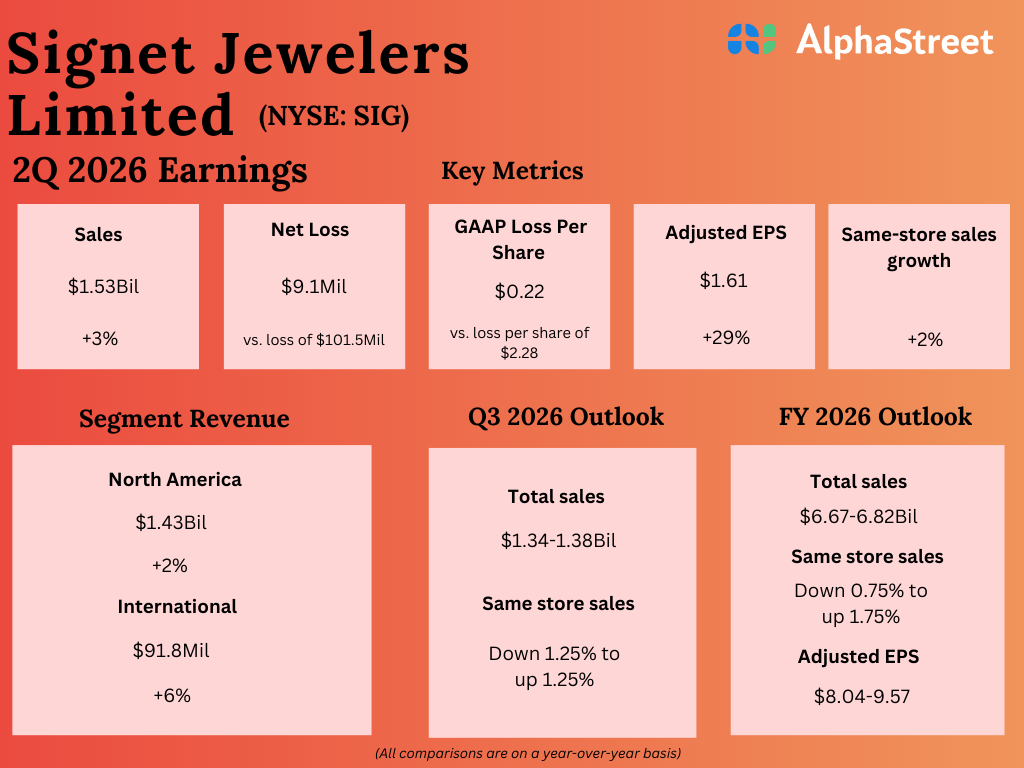AMFI Data: Small-cap and mid-cap mutual funds are getting huge traction, while large-cap mutual funds are struggling with significant outflows, as per monthly data released by the Association of Mutual Funds in India. The data shows that small-cap MFs attracted an inflow of Rs 34,190 in last 12 months, while mid-cap MFs witnessed an inflow of Rs 20,970 during the same period.
Amid the rise of inflows in small- and mid-cap funds, the picture is not that rosy for large-cap funds, which saw outflows of funds which were reduced by Rs 4608 crore year-on-year.
While small- and mid-cap MFs have shown a trend of inflow in last 12 months, large caps are showing a trend of outflows from May onwards.
Among other trends, debt funds (Income/Debt Oriented Schemes) saw an outflow of more than Rs 1,01,511.82 crore in September 2023.
The outflow for the same was Rs 25,872.50 crore in August 2023.
There has been an inflow of Rs 3,241.92 crore in ETFs and Rs 1,682.36 crore in index funds.
How much small caps gained
June, August, and July were the months when small caps witnessed the highest inflows. In June, they got Rs 5472 crore; in July, it was Rs 4171 crore; and in August, they got Rs 4265 crore.
In last 12 months, there was not a single month when small caps saw inflows of less than Rs 1,000 crore.
How much mid caps gained
August, March, September, and December 2022 were the four best months for midcaps when they witnessed the highest inflows.
In August, the inflows were Rs 2,512 crore, in March, the inflows were to the tune of Rs 2129 crore, in September, it were Rs 2001 crore, while in December, they were Rs 1962 crore.
Where do large caps stand?
June, July, and May have been the worst months for large-cap mutual funds, as outflows were to the tune of Rs 2,050 crore, Rs 1,880 crore and Rs 1,362 crore, respectively.
Small-, mid-, large-cap mutual fund data
Monthly Small cap Mid cap Large Cap (Cr)
Sep-23 2679 2001 -111
Aug-23 4265 2512 -349
Jul-23 4171 1623 -1880
Jun-23 5472 1749 -2050
May-23 3283 1196 -1362
Apr-23 2182 1791 53
Mar-23 2430 2129 911
Feb-23 2246 1817 354
Jan-23 2256 1628 716
Dec-22 2245 1962 -26
Nov-22 1378 1176 -1038
Oct-22 1582 1385 174
Total 34188 cr 20969 cr -4608 cr
SIP Inflows
As far as the SIP inflow of mutual funds is concerned, September 2023 saw a record inflow of Rs 16,402 crore.
This is also the first time SIP inflow has breached the Rs 16,000 crore mark in a month.
The SIP inflow in July and August also reached Rs 15,245 crore and Rs 15814 crore, respectively. In last 12 months, the SIP inflow has been more than Rs 12,000 crore in any month.
SIP Data
| Month SIP Inflow (cr) | |
| September 23 16402 | |
| August 23 15814 | |
| Jul-23 15245 | |
| Jun-23 14734 | |
| May-23 14749 | |
| Apr-23 13728 | |
| Mar-23 14276 | |
| Feb-23 13686 | |
What experts say
G. Pradeepkumar, CEO, Union Asset Management Company, said that the SIP flows are a positive sign and advised investors to follow a staggered approach.
“The sustained robust inflows into equity funds demonstrate the underlying positive sentiments of investors. The SIP flows continue to be good and could act as a powerful counterforce against any serious FPI outflows. However, given the rich valuations in mid- and small-cap stocks, we would advise investors to take a staggered approach to investments.”
Melvyn Santarita, Analyst, Manager Research, Morningstar Investment Adviser India, meanwhile, said that investors should have a long-term horizon while investing.
“Investors should note that while both the midcap and the small cap categories have the potential to deliver good returns, these categories are inherently volatile with sharp drawdown risks. Therefore, investors should have a long-term time horizon while investing in these categories.”
He further said, “Opting to invest in these categories via the SIP route is a good way by which investors can ride the volatility while dollar cost averaging over long periods.
Murthy Nagarajan, Head, fixed income, Tata Asset Management, says the reason behind the outflow of funds is because banks have been investing in liquid and money market fund.
“Ouflows normally happen from mutual funds during half-year closings as banks have to set aside capital against their investments. Most banks have been investing in liquid and money market fund as the yield to maturity of liquid and money market are 25 to 50 basis points higher than lending in overnight markets. Corporates withdraw due to salary and other half-yearly payouts.”







































